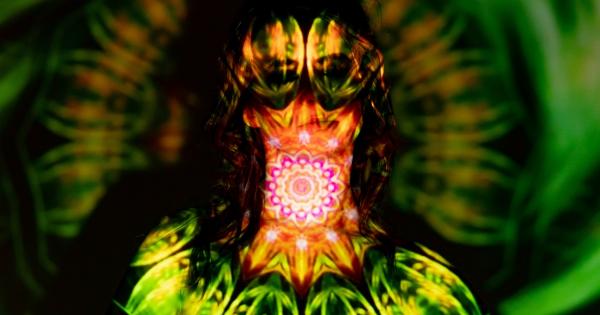Alcohol consumption has long been a part of various cultures around the world. People indulge in alcoholic beverages during celebrations, gatherings, and social events.
While moderate drinking is generally considered safe, excessive and chronic alcohol consumption can have severe consequences on overall health, including the eyes.
The Role of Alcohol in Eye Health
The eyes are delicate organs that rely on proper blood circulation and oxygenation to function optimally. Excessive alcohol intake can impede these processes, leading to various eye-related issues.
1. Dry Eyes
Alcohol is known to cause dehydration, which can lead to dry eyes – a condition where the eyes do not produce enough tears to stay lubricated. Dry eyes can cause discomfort, redness, and even vision problems if left unaddressed.
2. Vision Impairment
Prolonged alcohol abuse can cause nutritional deficiencies that negatively impact eyesight. Specifically, deficiencies in vitamin B1 (thiamine) and vitamin A can lead to various vision impairments, including blurred vision and night blindness.
3. Optic Neuropathy
Excessive alcohol consumption can also cause damage to the optic nerve, resulting in a condition known as alcoholic optic neuropathy. This condition progressively impairs vision, starting with a loss of color vision and central vision.
In severe cases, it can lead to permanent blindness.
4. Cataracts
Cataracts are another eye condition that can be influenced by alcohol consumption.
Chronic alcohol abuse may increase the risk of developing cataracts, a condition where the lens of the eye becomes cloudy, leading to blurry vision and reduced visual acuity.
5. Macular Degeneration
Macular degeneration is a leading cause of vision loss in older adults. Alcohol consumption, especially heavy drinking, is associated with an increased risk of developing this condition.
Macular degeneration affects the central part of the retina, leading to a loss of central vision and difficulty recognizing faces or reading.
6. Retinal Vascular Occlusion
Alcohol abuse can also contribute to retinal vascular occlusion, a condition where the blood vessels supplying the retina become blocked.
This can result in sudden vision loss or a blind spot in the visual field, depending on the location and severity of the blockage.
7. Ocular Surface Disease
Ocular surface disease refers to a group of disorders that affect the outermost layer of the eye, including the cornea and conjunctiva.
Heavy alcohol consumption can disrupt the tear film, leading to ocular surface diseases such as conjunctivitis (pink eye) and keratitis (corneal inflammation).
8. Glaucoma
Studies suggest that alcohol consumption may increase intraocular pressure, a major risk factor for glaucoma. Glaucoma is a progressive eye disease that damages the optic nerve and can lead to permanent vision loss if left untreated.
9. Eye Muscle Coordination
Alcohol affects the central nervous system, which can disrupt the communication between the brain and the eye muscles responsible for coordinating eye movements. This can result in difficulties with focusing, eye tracking, and depth perception.
10. Increased Sensitivity to Light
Some individuals may experience increased sensitivity to light after consuming alcohol. This sensitivity, known as photophobia, can cause discomfort and make it challenging to be in well-lit environments.
Conclusion
While moderate and occasional alcohol consumption may not have significant adverse effects on eye health, excessive and chronic alcohol abuse can lead to various eye conditions.
It is important to prioritize overall health and practice responsible drinking to minimize the risk of alcohol-related eye problems.





























